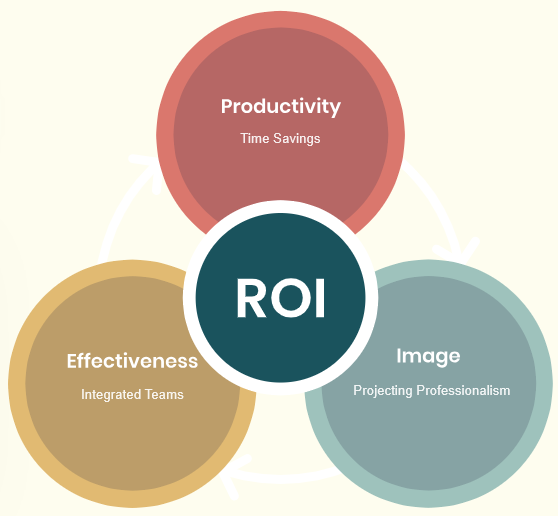The Value of Training
Skill Up, Profit Up: It’s That Simple. Explore +10,000 Courses: Online, Classroom, and Self-Paced. Each course is designed with excellence in mind.

The only thing worse than training employees and losing them is to not train them and keep them.
and losing them is to not train them and keep them.
In a rapidly evolving market, the growth of your team is non- negotiable. Investing in employee training is not just about skill enhancement; it’s about securing your company’s future. Training boosts performance, fosters innovation, and signals to your employees that they are valued. The true cost lies not in training itself, but in the stagnation of neglecting it. Make the smart choice: invest in your employees’ development. The success of your organization depends on it.
Let us help you to do things right
A shortage of IT skills has significant consequences from causing increased dissatisfaction among employees to project and deployment delays, and potential financial losses. The solution is to build a skilled workforce and prioritizing and actively focusing on the enhancement of development skills as it is essential within the organization.
5 reason why you should invest in
your team and employees
Proper training can lead to increased efficiency and productivity. When individuals are well-trained, they are better equipped to perform their tasks, make informed decisions, and contribute to the overall success of a team or organization.
Proper training can lead to cost savings in the long run. Well-trained employees are less likely to make mistakes that could result in costly errors, rework or delayed projects.
Providing opportunities for training can enhance employee satisfaction. Employees often appreciate employers who invest in their professional development, offering training opportunities demonstrates a commitment to employee development. This can enhance job satisfaction and loyalty, reducing turnover and the need to constantly recruit new talent. Beyond professional benefits, training can also have personal enrichment value. Learning new things can be intellectually stimulating and personally fulfilling.
Training can stimulate innovation by exposing individuals to new ideas and approaches. It encourages creative thinking and problem-solving, fostering a culture of innovation within an organization.
Training allows individuals to acquire new skills or enhance existing ones. This can be particularly valuable when there's a gap between the skills required for a job and the skills possessed by the workforce.

Symptoms of potential Skills Gab
Success is often determined by your proactive approach in identifying potential issues. Instead of allowing these red flags to escalate and reach you, take the initiative to address them before they become more significant.
You might not always notice skills gaps right away; they could quietly hinder your advancement. Recognizing the signs is the initial step to dealing with and bridging these gaps. Below are some key factors:

Increased Project Turnaround Time
Prolonged completion of projects beyond anticipated timelines may suggest a deficiency in the necessary skills among team members.

Rising Employee Frustration
A noticeable uptick in employee frustration, especially regarding task complexities or job demands, could be indicative of skills gaps.

Decline in Task Accuracy
A noticeable increase in errors, inaccuracies, or reduced precision in work outputs may signal a lack of proficiency in required skills.

Ineffective Problem-Solving
Difficulty in addressing and resolving challenges, coupled with a lack of innovative problem-solving, may point to gaps in essential skills.

Technology Struggles
Challenges in adopting and utilizing new technologies or tools may highlight a gap in the technical skills necessary for efficient operations.

Reduced Productivity Levels
A decline in overall productivity, marked by slower task completion and diminished output, may be linked to insufficient skills in key areas.

High Turnover Rates
Increased employee turnover, especially if individuals cite skill-related challenges, may highlight broader skills gaps within the organization.

Limited Adaptability
Difficulty in adapting to changes in the industry, market, or work processes may be an indication of a lack of agility and up-to-date skills.
Keeping Your Organization Ahead: Bridging the Skills Gap
Identify and Analyze the Skills Gap
Start with a thorough analysis of your organization's strategic objectives and the skills required to achieve them. Assess your current workforce's skills.
Make learning a habit
Enhance skills with interactive Q/A, practical exercises, and real-world scenarios, ensuring deep understanding and application.
Customize Training Programs
Focus solely on training in your chosen setting, free from the distractions and constraints of physical travel and scheduling.

Set Clear Goals
Benefit from the expertise of our instructors, who provide a structured and supportive learning environment throughout your training.
Learning and development
Strengthen skills with structured learning paths, mentoring, practical projects, and ongoing feedback to prepare your team for real-world challenges.
Stay Ahead of Industry Trends
Focus solely on training in your chosen setting, free from the distractions and constraints of physical travel and scheduling.